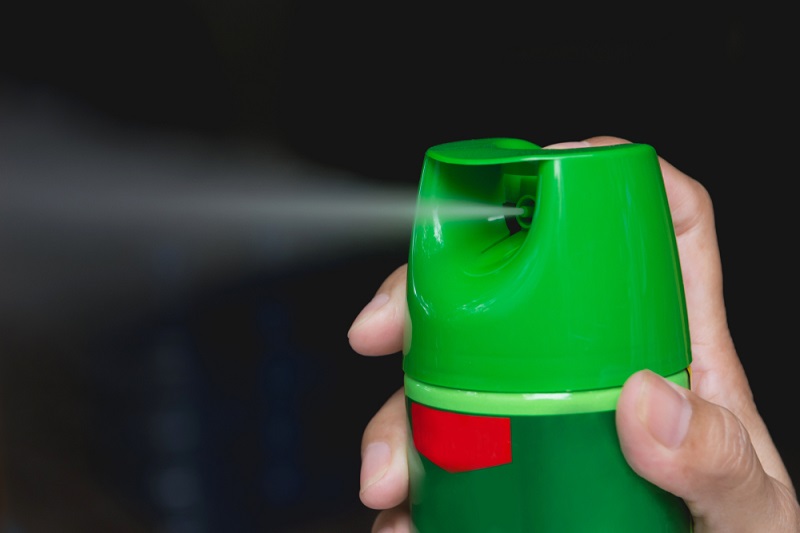
People Are Overdosing on Wasp Spray in West Virginia

Several people in a county in West Virginia recently overdosed from wasp spray, which they used as an alternative to methamphetamine, according to news reports.
Police in Boone County say they've seen a rise in residents abusing wasp spray to achieve a meth-like high, according to local news outlet WCHS. The practice is believed to have played a role in three overdoses in the county last week, WCHS reported.
"People are making a synthetic type [of] methamphetamine out of wasp spray," Sgt. Charles Sutphin, of the West Virginia State Police, told WCHS. ['Breaking Bad': 6 Strange Meth Facts]
The practice is known as "wasping," and it has emerged as a concerning drug trend in recent years, according to a 2018 report from ABC News. Users either combine the wasp spray with meth, or use the spray by itself as a meth substitute.
People can crystallize the spray liquid on hot metal sheets, which allows the substance to be inhaled or injected, ABC News reported.
Bug sprays contain active ingredients called pyrethroids, which stun and kill insects; but in humans, the chemicals can interfere with nerve signaling, which can lead to abnormal sensations, and in some cases, seizures or paralysis, ABC News reported. The chemicals can also lead to increased heart rate, difficulty breathing, headache, nausea, problems with coordination, and swelling and burning sensations.
Police in Boone County are working with medical centers to determine the best treatment for those who abuse the spray, WCHS reported.
Sign up for the Live Science daily newsletter now
Get the world’s most fascinating discoveries delivered straight to your inbox.
- 5 Weird Effects of Bug Bites
- 9 Weird Ways You Can Test Positive for Drugs
- 5 Lethal Chemical Warfare Agents
Originally published on Live Science.

Rachael is a Live Science contributor, and was a former channel editor and senior writer for Live Science between 2010 and 2022. She has a master's degree in journalism from New York University's Science, Health and Environmental Reporting Program. She also holds a B.S. in molecular biology and an M.S. in biology from the University of California, San Diego. Her work has appeared in Scienceline, The Washington Post and Scientific American.










